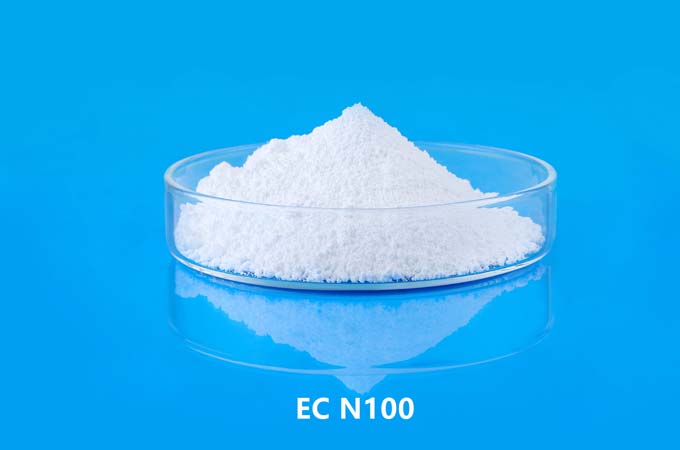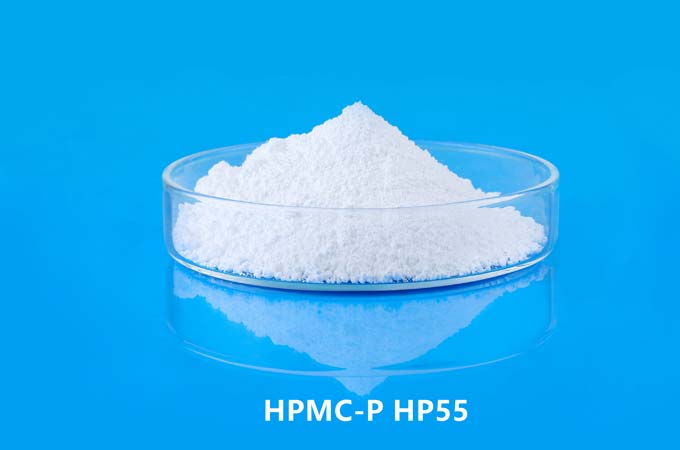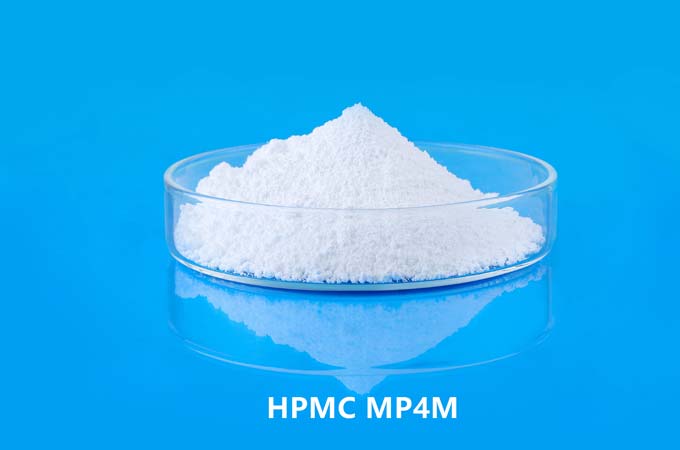This week's topic: Cellulose Ether
The concentration of cellulose ether industry will continue to increase, and dimethyl carbonate will continue to strengthen
Industry view: At present, CMC has a serious overcapacity, and non-ionic cellulose ether may become a bright spot in the development of the industry. Among them, the overall demand in the field of building materials is developing steadily. With the rapid promotion of dry-mixed mortar, the market demand for high-end building material-grade HPMC will grow rapidly. In recent years, pharmaceutical excipients have driven the rapid growth of demand for pharmaceutical-grade cellulose ethers. In the future, the industrialization of plant capsules is expected to further stimulate the demand for pharmaceutical-grade HPMC. On the supply side, the high pressure of environmental protection and the high cost of raw materials have further increased the concentration of my country's cellulose ether manufacturing industry and returned to orderly development. At the same time, the product structure has been upgraded and it has developed into high-end areas with high added value, leading enterprises to benefit.
"Industrial MSG" - Cellulose Ether: Cellulose ether is a polymer compound in which the hydrogen atoms on the anhydrous glucose unit in cellulose are replaced by alkyl or substituted alkyl groups, and has the reputation of "industrial MSG". There are two main types of cellulose ethers: one is ionic, such as carboxymethyl cellulose (CMC) and polyanionic cellulose (PAC); the other is nonionic, such as hydroxypropyl methyl cellulose (HPMC) ), methylcellulose (MC), hydroxyethylcellulose (HEC), etc. The main uses of ionic and non-ionic cellulose ethers are quite different, and the two have certain complementarities in the application fields of food additives, daily chemicals and oil drilling.
The overcapacity of CMC is serious, and the non-ionic type may become a bright spot in the development of the industry: CMC is the variety with the largest output among cellulose ethers. After nearly 20 years of rapid development, the average annual output of CMC in my country has increased from tens of kilograms in the 1950s to 40 in 2017. million tons, accounting for more than 50% of the world's output. On the other hand, in recent years, the new and expanded production capacity of the CMC industry has increased significantly, and the current overcapacity has reached 35%. In 2017, the price has been falling all the way, and it is generally difficult for enterprises to make profits, and even suffer losses.
With the promulgation of new national standards for CMC, the continuous improvement of food additive requirements, and the improvement of people's health and environmental awareness, non-ionic cellulose products such as HPMC/MC, which are harmless to physiology, will gradually replace CMC in the food field. Applications have been developed rapidly, and non-ionic cellulose ether will be the highlight and new driving force for the development of the industry. The current production capacity of non-ionic cellulose ether in my country is about 250,000 tons, and the output in 2017 is about 180,000 tons, accounting for 35.8% of cellulose ethers, with an annual output value of 4.1 billion yuan, accounting for more than 50% of cellulose ethers.
The demand in the field of building materials is stable, and dry-mixed mortar will be the main driving force for demand: the construction industry is the largest consumer area of non-ionic cellulose ether, which is mainly used for embedding, surface coating, pasting tiles and adding it to cement mortar, especially in cement mortar Adding a small amount of HPMC can play the role of viscosity increase, water retention, retardation and air entrainment, improve the construction performance of building materials, improve the construction quality and the efficiency of mechanized construction. In recent years, although my country's strict regulatory measures on the commercial housing market have had a certain impact on the construction industry, the real estate market still maintains a relatively steady growth trend, and the negative growth of the completed housing area in the first three quarters of 2018 has narrowed year-on-year. In addition, with the increasing emphasis on urban environmental protection, relevant departments such as the National Development and Reform Commission, the Ministry of Commerce, and the Ministry of Housing and Urban-Rural Development have promulgated a series of regulations on the use of commercial concrete (dry-mixed mortar). The market demand for HPMC will also grow rapidly.
Pharmaceutical excipients drive the rapid growth of demand for pharmaceutical grade cellulose ethers: non-ionic cellulose ethers are widely used in the pharmaceutical industry as pharmaceutical excipients, mainly as thickeners, dispersants, emulsifiers and film-forming agents. It is used for soft and hard vegetable capsules and film coating on tablet medicines. Since pharmaceutical grade cellulose ether has extremely strict requirements on the purity and viscosity of the product, the production process is relatively complicated, there are many washing and purification procedures, and the production environment requires high requirements. Compared with other grades of cellulose ether products, the collection rate of finished products is low, The production cost is high, and the added value of the product is high. At present, foreign pharmaceutical excipients account for 10-20% of the output value of the entire pharmaceutical preparations. Since my country's pharmaceutical excipients started late and the overall level is low, domestic pharmaceutical excipients account for a relatively low proportion of the entire drug, about 2-3%. . With the development of my country's pharmaceutical industry and the transfer of the international pharmaceutical manufacturing industry, my country's pharmaceutical excipients market has maintained a rapid growth trend in recent years. Driven by the demand for pharmaceutical excipients, the production and sales of HPMC pharmaceutical grade in 2017 increased by more than 1,000 tons compared with 2016, an increase of 25%, and the market size of pharmaceutical grade cellulose ether has exploded. In addition, with the continuous improvement of my country's production technology level, domestic pharmaceutical-grade HPMC is gradually replacing the high-end pharmaceutical-grade HPMC that originally required a large amount of imports, and has realized exports. In 2017, the export volume of pharmaceutical-grade HPMC reached more than 4,600 tons, reaching 30% of the output.
The industrialization of plant capsules further stimulates the demand for pharmaceutical-grade HPMC: the current global demand for hard capsules is 1.5 trillion capsules/year, and soft capsules are as high as 70 billion capsules/year. The total global market is nearly 100 billion yuan, of which animal capsules occupy The amount reaches 90%. Compared with animal gelatin capsules, plant capsules do not need to add preservatives in the production process, and are almost not brittle under low humidity conditions, and the capsule shell is stable in high humidity environments. Due to the above advantages, plant capsules are welcomed by developed countries in Europe and the United States and Islamic countries, and the market potential is huge. At present, the main bottleneck affecting the popularization and application of plant capsules is the production cost. With the widespread development of applications and the maturity of market technology, plant capsules can be mass-produced and widely accepted. It is expected to achieve effective optimization of costs, and the proportion of use will continue to increase, further driving Demand for pharmaceutical grade HPMC.
Industry concentration is low, high cost promotes production capacity concentration and structural upgrade: On the supply side, compared with the high concentration of foreign cellulose ether industries, there are a large number of non-ionic cellulose ether companies in my country, and the industry concentration is relatively low. Due to lack of financial strength, many small enterprises fail to meet the standards in environmental protection investment in water treatment and exhaust gas treatment in order to reduce production costs. With the increasingly stringent domestic environmental protection, environmental protection requirements and costs continue to rise, enterprises that cannot meet environmental protection requirements will gradually shut down or reduce production. On the other hand, the environmental protection policy has resulted in out-of-stock and price increases of various raw materials, resulting in rising production costs of cellulose ethers. However, under the situation of disorderly competition in the industry, the price increase of cellulose ethers is weaker than that of raw materials. Poor transfer down. Environmental protection and high pressure combined with high production costs and corporate profit compression will promote the clearing of outdated production capacity in the industry. The concentration of my country's cellulose ether manufacturing industry will further increase and return to orderly development. At the same time, product structure will be upgraded to develop in high-end areas with high added value. , which is conducive to leading enterprises with strong environmental protection management capabilities and strong R&D capabilities.
 English
English 日本語
日本語 français
français Deutsch
Deutsch Español
Español italiano
italiano русский
русский português
português العربية
العربية Türkçe
Türkçe Nederland
Nederland



